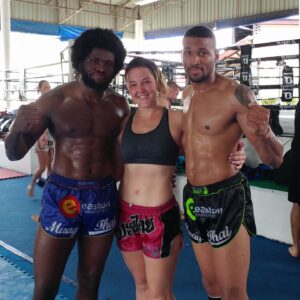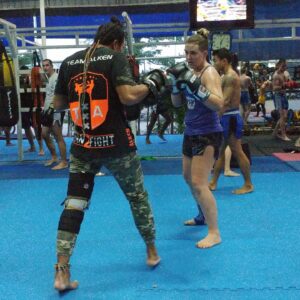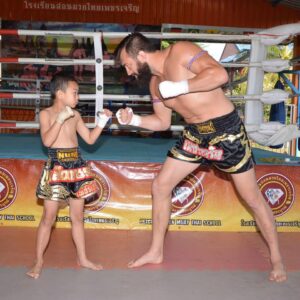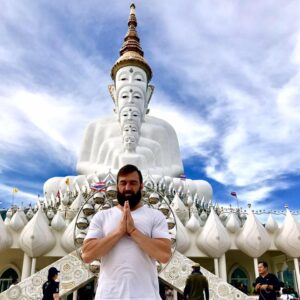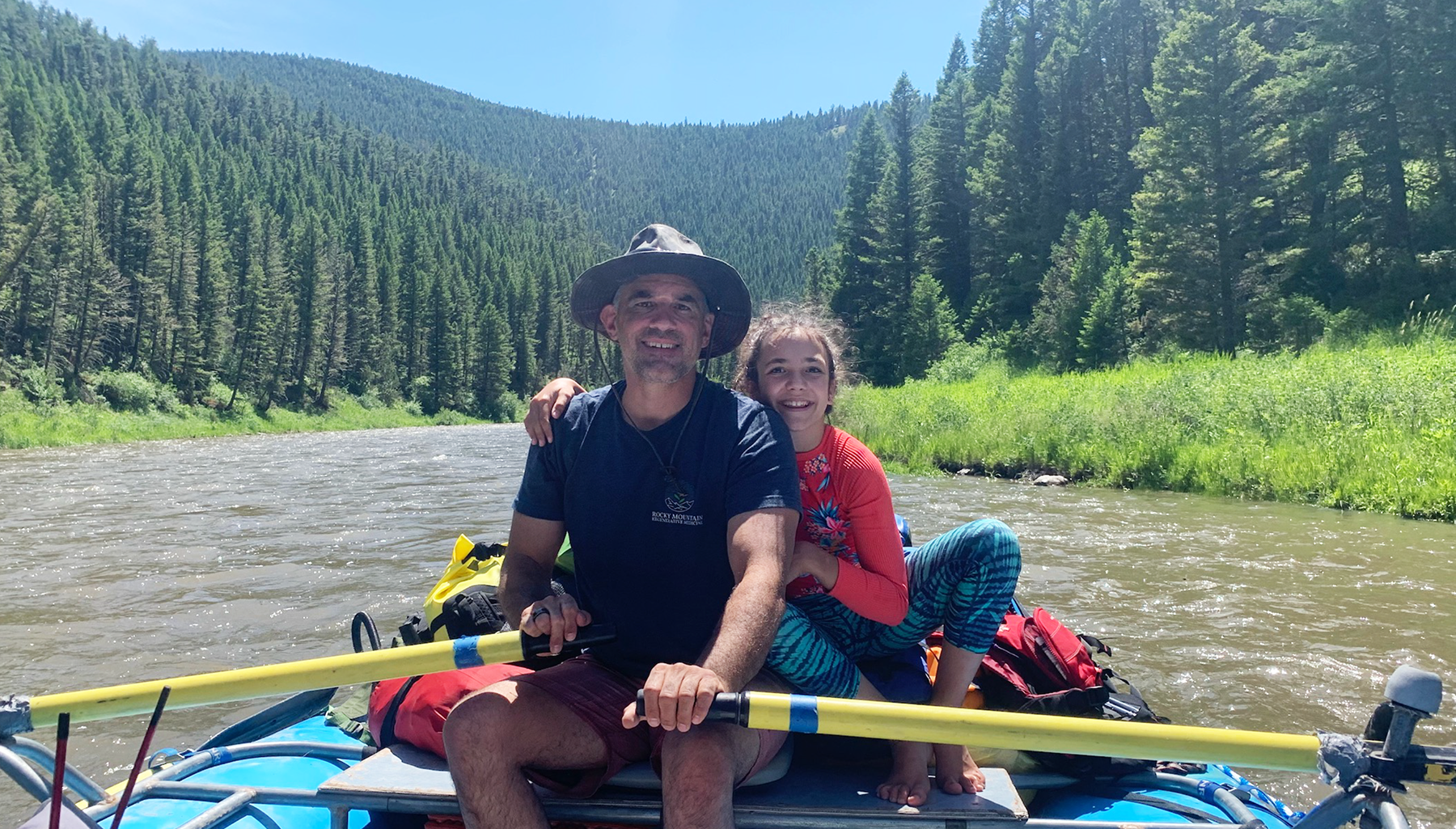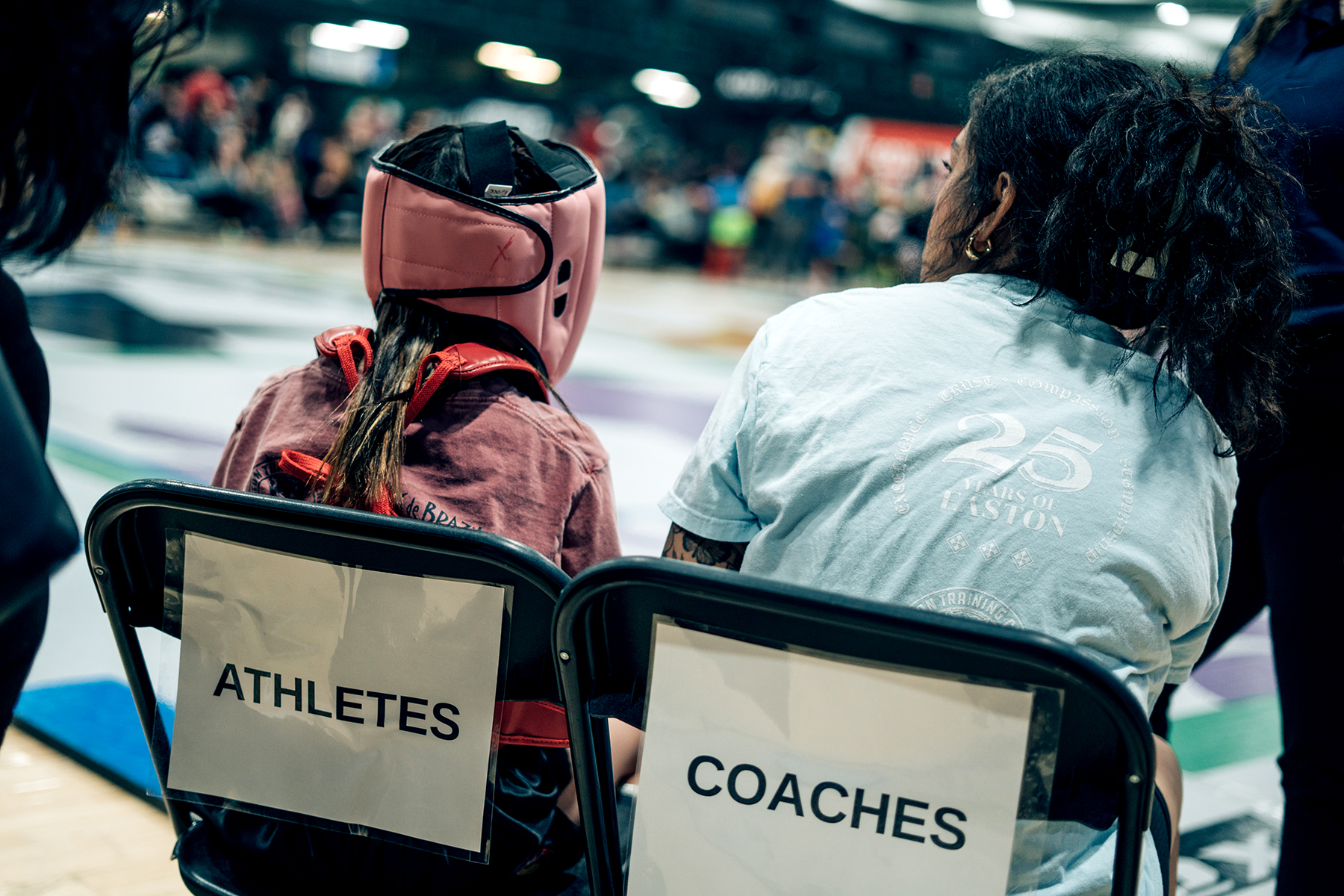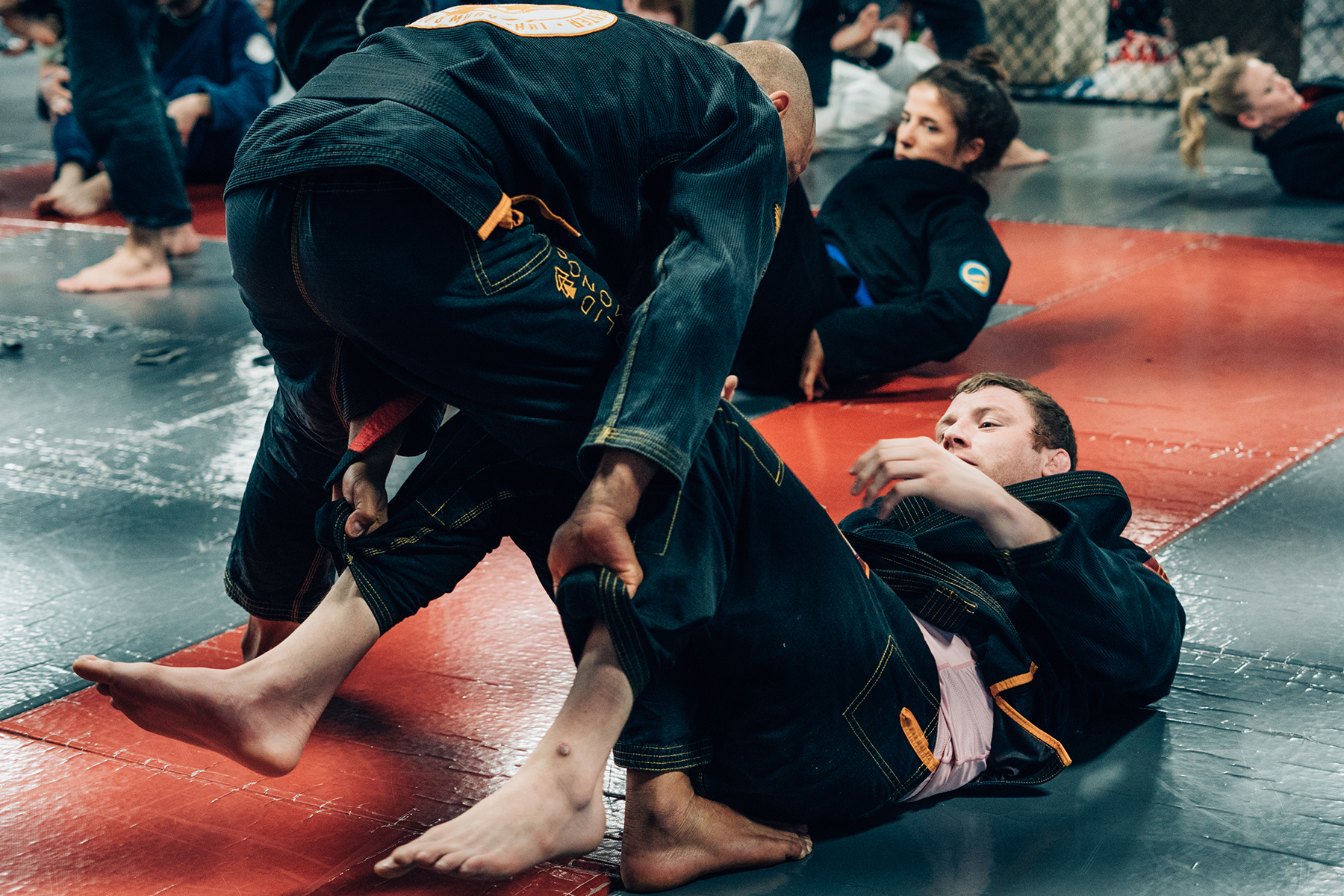Every Muay Thai fighter dreams at one point or another of training in Thailand. It’s not hard to understand why: Humans have long been drawn to origin stories, genealogies, and lineages. For martial artists who have dedicated themselves to the “art of eight weapons,” it seems only natural to gravitate to the sport’s natal land. It was only in the last century, after thousands of years of development, that Muay Thai made its way to the United States. And though it has gained a great deal of international popularity in recent years, Thailand is still inarguably the Muay Thai’s hub–where many begin their training as young children, and fighting is often a question of subsistence more than sport. A fight purse might feed a family, so training is undertaken with professional levels of seriousness and commitment. This has fueled a cultural proliferation of training, and scores of Muay Thai camps across the country are filled with full-time fighters who spend all their days practicing their art, hoping to kick, punch, and elbow their way to greatness.
This winter, four Easton coaches made their way to Thailand to trade the Colorado cold for some tropical training. Coaches Maureen Riordon, Terrence Moore, Wes Argrow, and Peter Straub each spent several weeks in the Land of Smiles. Though they didn’t all arrive or depart together, their visits overlapped, and during their stay, they all trained at Phuket Top Team, a camp in the Chalong district, popular with foreign fighters. The training camp is home to about 15 coaches, and a full schedule of long, intense classes. Sessions start out with an extended warm-up: 15 minutes of jump rope, 15 minutes of running and plyometrics, followed by 15 minutes of shadow boxing. Then comes a series of vigorous Thai pad rounds. During these rounds, coaches expect 100% effort at all times, and the students gladly rise to the occasion. Finally, there is sparring. At Phuket Top Team, everyone spars every day, but sparring is split up by skill level, so the less experienced nak muay, or Muay Thai practitioners, are paired only with coaches, while the seasoned veterans spar with one another. Then it’s time to eat, rest, and do it all again.
When asked about the major differences between American and Thai styles of training, all the Easton coaches talked about the Thai approach to sparring. After the high-intensity pad rounds, everyone has pushed themselves to the limit, and the sparring sessions are meant to be relaxed, playful, and flow-focused. Because of this, sparring practice in Thai fight camps is rarely the cause of injury. Despite the fact that many nak muay are training full-time (getting in at least two full sessions a day, six days a week), the emphasis on calm, conscious, respectful sparring means that fighters are kept safe in their training, and are able to take fights on just a few days’ notice, several times a month.
This immersive training experience made quite an impression on our coaches, and each of them came away with fresh knowledge that they’ve already been incorporating into their classes. Whether it’s in the form of new drills, higher expectations, or even the addition of Play Sparring class to the schedule at ETC West, you can be sure that you’re going to reap the benefits from their big trip! Coach Maureen even found that the language barrier between the students and krus provided an unexpected benefit–the necessity of body language. “In 2009 I participated in a teacher training course for the college I was teaching at and was told in that training that what separates an excellent teacher from a mediocre one is how many different ways they can explain the exact same thing in order to cater to the various learning styles that might be in the room. Since I began coaching in 2012 I have tried to keep this principle in mind by finding numerous ways of explaining new techniques, but it wasn’t until I trained in Thailand with the language barrier that I felt I really developed a more kinesthetic way of coaching in addition to my previous coaching style.” Over the last year and a half, Maureen has spent almost six months cumulatively in Phuket, and has immensely enjoyed getting to the roots of Muay Thai in what is now her second home.


Besides learning to be better teachers, this trip was of course also about learning to be better fighters. Coach Terrence and Coach Maureen both had fights while they were at Phuket Top Team, and both came away with decisive victories. Reflecting on his experience in the ring, Coach Terrence says, that after the weeks of play sparring, “It’s the most comfortable and present I’ve been in a fight.” He describes the fight experience as being ruled by a particular set of Thai customs: First, there is no warm-up. Fighters do some light shadow boxing, and then receive a Thai linement oil rubdown. Then it is time for the wai khru, the traditional dancing blessing of the ring, when the fighters acknowledge their origins, and ask protection from the warrior gods. There are five three-minute rounds in each fight. For the first two rounds of the fight, the competitors are feeling each other out with lighter strikes, and giving spectators a chance to place bets (gambling is big in Thailand). During this first portion of the fight, there is an unspoken agreement not to throw elbows or go into the clinch, but if one fighter throws an elbow, he or she is sure to get one back. The last three rounds are harder. Without a warm-up, this is the first major exertion. Terrence says he prefers it this way, and notes that saving his energy for the actual fight served him well. After the fight is finished, fighters each go to the opposing corner to accept a drink of water in a show of respect. Finally, there is celebrity. Because Muay Thai is so deeply embedded in Thai culture, most Thais carry a deep respect for the amount of hard work required of a nak muay. And after a title fight like Terrence’s, there is a great deal of fanfare surrounding the winner. For him, it meant 45 minutes of fame, taking photos with his many new fans, following win he won’t soon forget.


Coach Peter was the only one of the Easton crew to venture out of Phuket for training, checking out a few different cities and schools over the course of his trip. After a brief stay in Bangkok, he made the journey up to the northern Petchabun province, where he trained at Petchcharoen Muay Thai School, which is run by a second-generation champion, Kru Num. Unlike Phuket Top Team, Petchcharoen is home gym to almost exclusively Thai nationals, and Peter was the only farang, or foreigner, in the vicinity. The home team wasted no time testing out the newbie, and on his third day at the school he posted to Facebook: “Tonight we played a game called tire out the American. I did 5 five-minute shark tank clinch rounds. Despite outweighing the three biggest guys by 20-30 lbs, they proved to me time and again why skill beats size, and technique beats strength.” During his time with Kru Num and his students, Peter noticed that his friends were in need of some new equipment, so he organized an impromptu fundraiser. In just a few days, Peter and his friends raised enough money to buy every student a new pair of gloves, with $500 left over to donate to the school for future expenses.
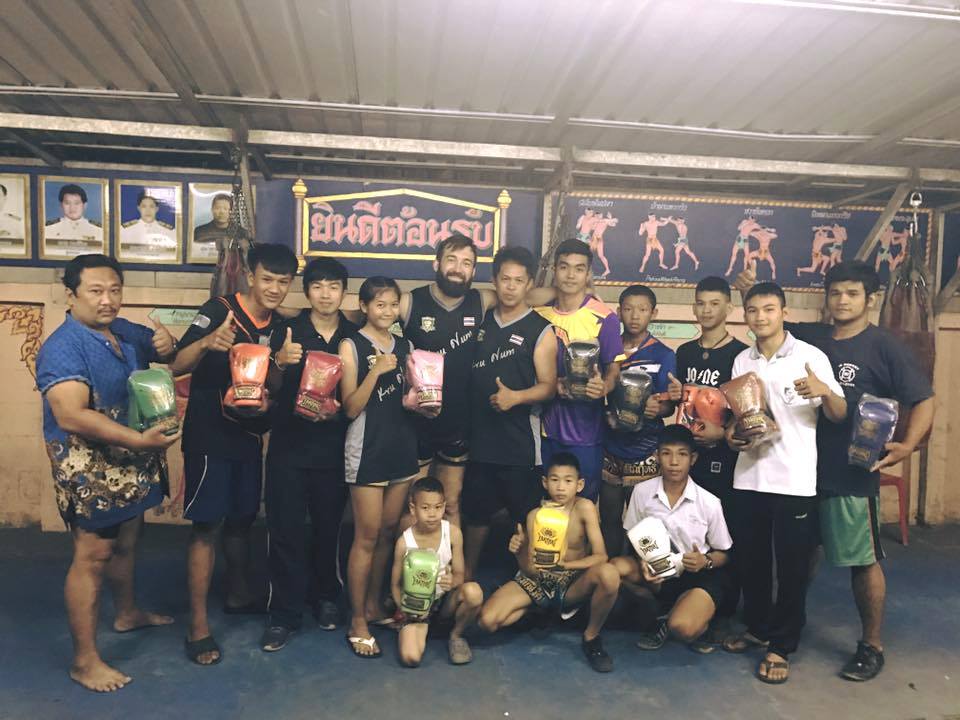
For Coach Wes, this was his first time out of the United States, and though the experience of a new country and a new culture was sometimes chaotic, he found comfort and peace in the beauty of the beaches and temples, and the kindness of the locals. Wes was also struck by the sheer variety of cultures and people they encountered. Besides being the Mecca of Muay Thai, Thailand is a travelers’ hub, attracting a diverse international crowd. So in addition to being immersed in the local culture of the Land of Smiles, our intrepid instructors were constantly exposed to the cultures of other visitors. Making new friends from across the globe, they learned bits of German and Russian, and gathered a host of new cultural perspectives.
While this constant influx of new experiences and new friendships was one of the most exciting parts of the trip, it also cultivates a unique kind of melancholy. “It’s a happy place, but it can also be lonely. You make new friends, but then they leave,” muses Terrence. “It teaches you to be present in every moment, and live for that.”

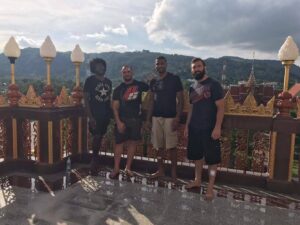
Photos courtesy of Maureen, Peter, Terrence, and Wes!

